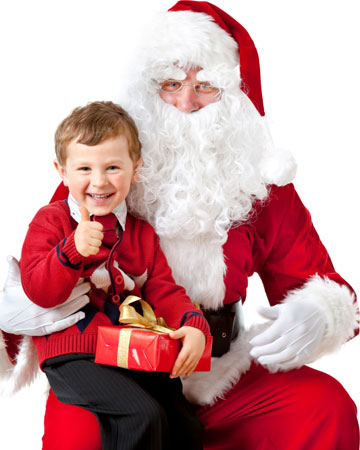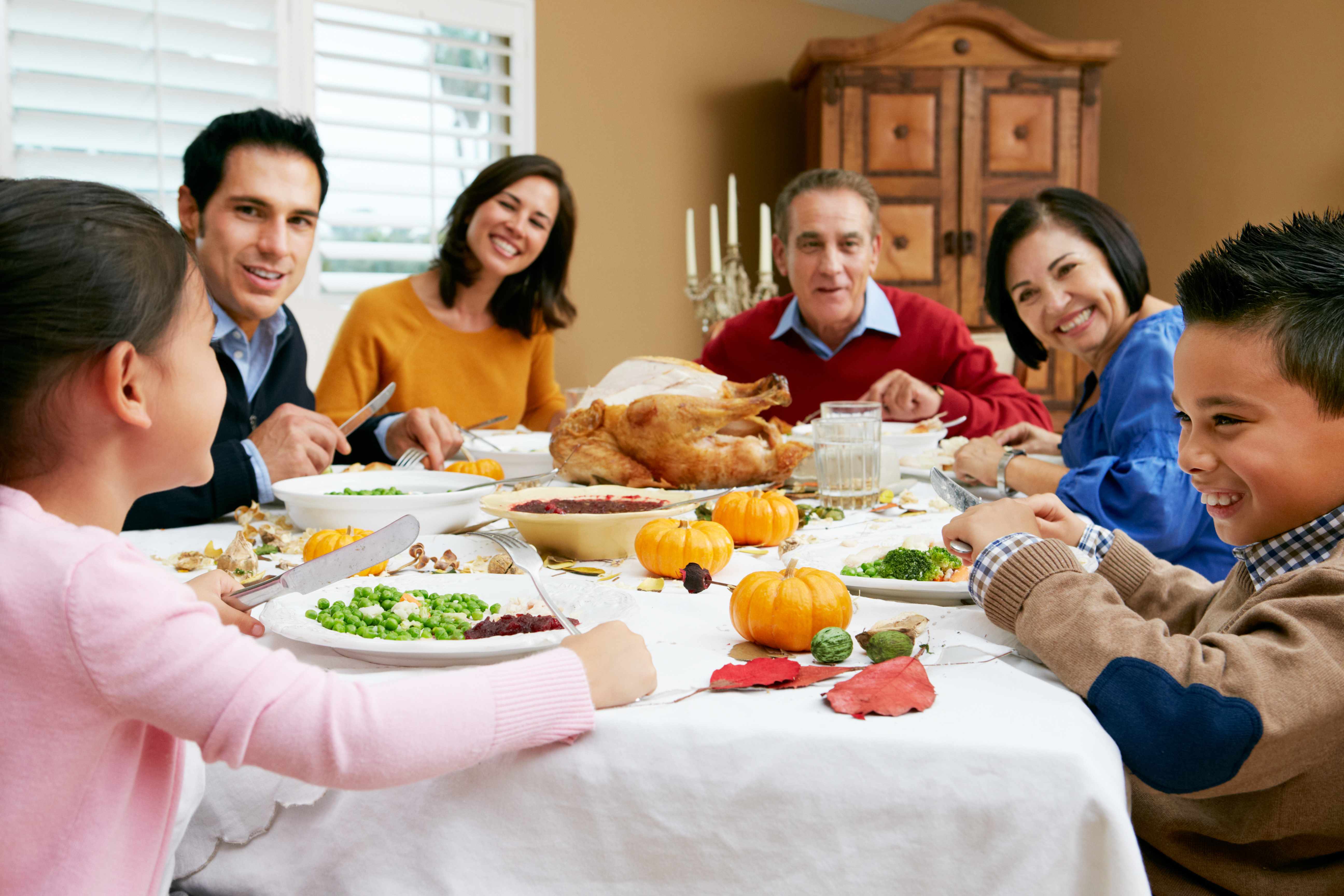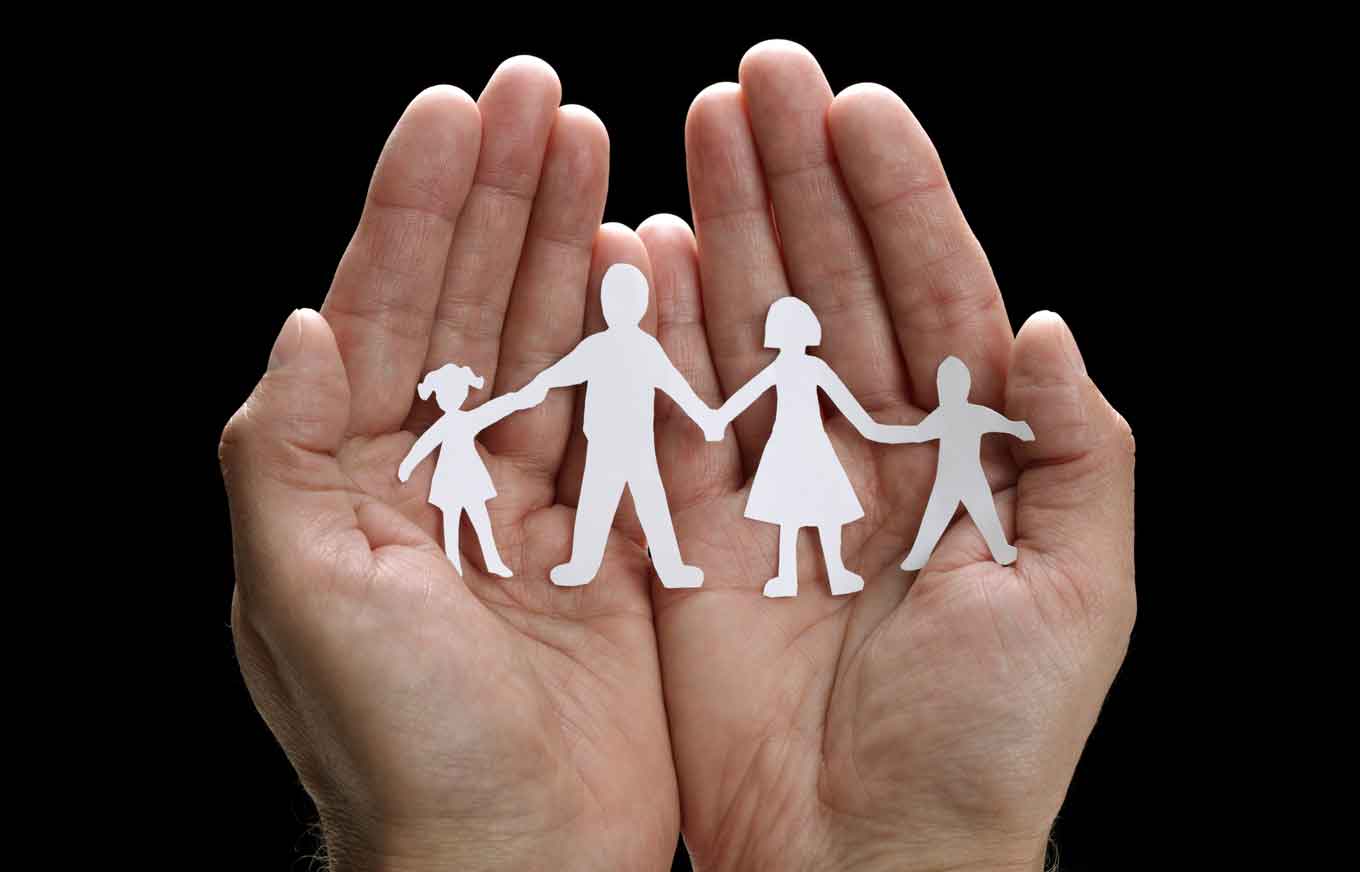January is Eye Care Awareness Month
January is Eye Care Awareness month. Many think that eye exams and checkups are not as important as annual physicals from your primary doctor. That is not always the case.
It’s generally not necessary to see an eye doctor every 6 months for an eye exam, however, it is important to know when you should get your eyes checked. Age and medical conditions are two things to consider when making this choice.
Here are some other signs and symptoms that will let you know when it is time for an eye exam:
Sudden blurry vision or focus problems can be a sign of a larger health issue and should always be taken seriously. Even if it is happening in just one eye, play it safe and get it checked out.
Sudden appearances of visual disturbances such as floaters can be a sign of a retinal detachment, a retinal tear, or a retinal hole. If you experience this symptom, be sure to seek medical attention to avoid future vision loss or damage.
Gradual Blurring of Vision usually occurs over time or as we get older. If you have to move closer or further away from objects to have a better focus, it’s time to get a checkup.
Frequent or recurring headaches can be a closely related sign of a vision problem as well.
Having some infrequent eye pain or eye strain isn’t usually a big problem. However, if you are experiencing frequent eye pains or need to strain your eyes to focus, this could very well be a sign of a vision problem.
It is important that you and your family to get eyes checked today. Schedule an appointment with your eye care specialist for the New Year to avoid any future problems.
If you don’t have an eye doctor, find one at www.allaboutvision.com. This sight will help you locate an eye doctor in your area.
For more informational blogs like this one, visit our website at www.chedwards.net
Written by: Amanda Haase









